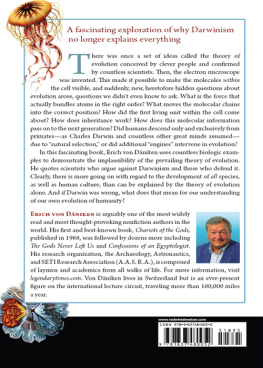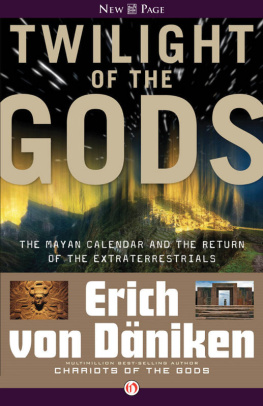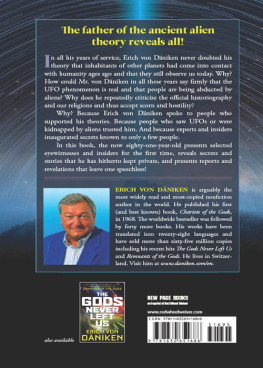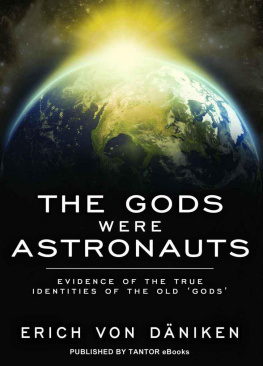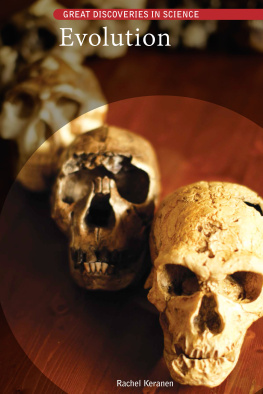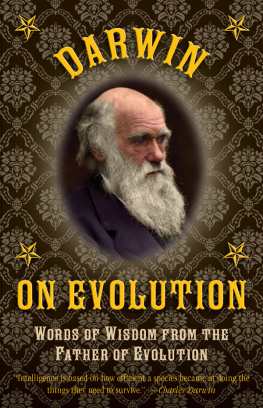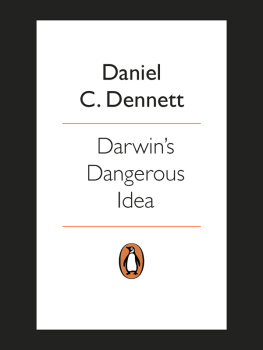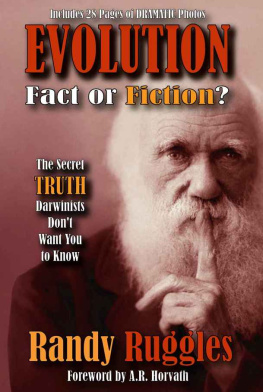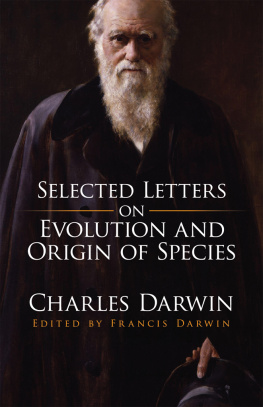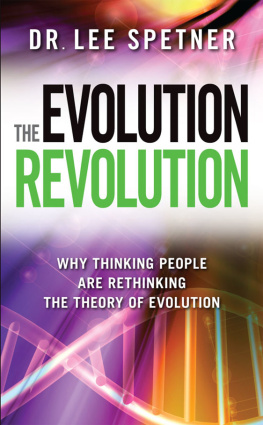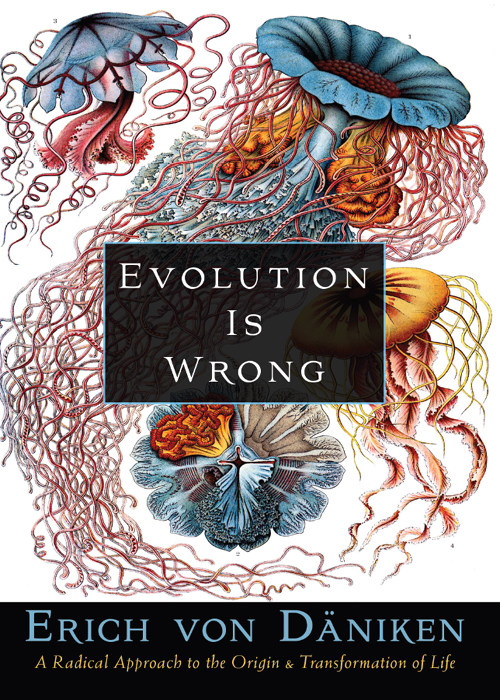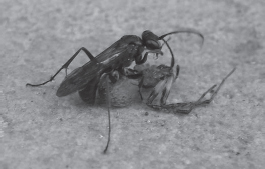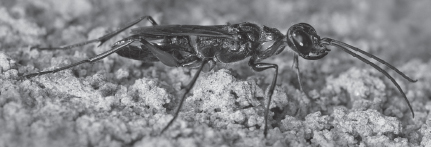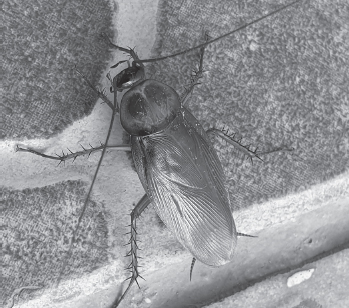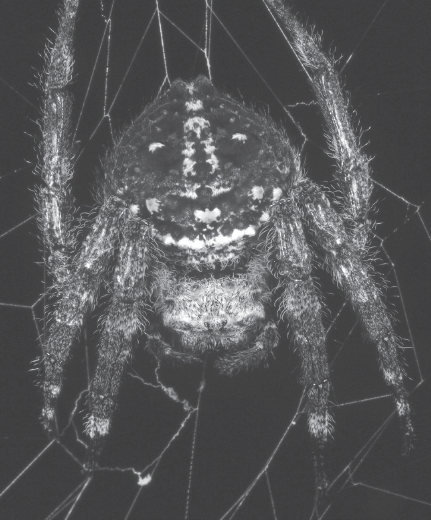Erich von Däniken - Evolution Is Wrong: A Radical Approach to the Origin and Transformation of Life
Here you can read online Erich von Däniken - Evolution Is Wrong: A Radical Approach to the Origin and Transformation of Life full text of the book (entire story) in english for free. Download pdf and epub, get meaning, cover and reviews about this ebook. year: 2022, publisher: Red Wheel Weiser, genre: Detective and thriller. Description of the work, (preface) as well as reviews are available. Best literature library LitArk.com created for fans of good reading and offers a wide selection of genres:
Romance novel
Science fiction
Adventure
Detective
Science
History
Home and family
Prose
Art
Politics
Computer
Non-fiction
Religion
Business
Children
Humor
Choose a favorite category and find really read worthwhile books. Enjoy immersion in the world of imagination, feel the emotions of the characters or learn something new for yourself, make an fascinating discovery.
- Book:Evolution Is Wrong: A Radical Approach to the Origin and Transformation of Life
- Author:
- Publisher:Red Wheel Weiser
- Genre:
- Year:2022
- Rating:4 / 5
- Favourites:Add to favourites
- Your mark:
Evolution Is Wrong: A Radical Approach to the Origin and Transformation of Life: summary, description and annotation
We offer to read an annotation, description, summary or preface (depends on what the author of the book "Evolution Is Wrong: A Radical Approach to the Origin and Transformation of Life" wrote himself). If you haven't found the necessary information about the book — write in the comments, we will try to find it.
A Fascinating Exploration on Why the Darwinists Theory No Longer Explains Everything
There was once a set of ideas called the theory of evolution, conceived by clever people and confirmed by countless scientists. Then people discovered the electron microscope. This made it possible to make the molecules within the cell visible, and suddenly questions about evolution arose that were not possible before. Which force actually bundles the atoms in the right order? What moves the molecular chains into the correct position? How did the first living unit within the cell actually come about? How does inheritance work, how does information pass on to the next generation? Did humans descend only and exclusively from primatesas Charles Darwin and countless other great minds assumedor did additional engines intervene in evolution?
Today it is clear: countless questions can no longer be answered with the previous theory of evolution. There is a form of life called Blob (Physarum polycephalum). The thing has neither eyes nor ears, neither a mouth nor a nose or even a brain. Nevertheless, it takes in food, overcomes obstacles by the shortest route and exchanges information with other blobs. The blob contradicts any evolutionary thought that one develops from the other. Or the gastric-brooding frogs (Rheobatrachus) found in Australia. They hatch their young in the stomach. Impossible in a slow, evolutionary process.
Everywhere there are characteristics of animals that do not want to fit into the theory of evolution anywhere. And man? Are we really the most adapted life-form on this planet? Today, more and more scientists who contradict the previous theory of evolution speak out. The theory fits the changes within the species, but it can no longer be reconciled with the inner workings of the cell. Some other influence that has so far escaped us is affecting evolution. It is called Intelligent Design. Intelligent planning is suspected behind this. Anyone or anythinga spirit of the universe? Aliens?could be behind this planning.
Erich von Dniken uses countless examples to demonstrate the impossibility of the previous evolutionary idea. He quotes scientists who argue against the previous teaching, but also those who defend it. Unfortunately, established science still refuses to look at discrepancies and holes in the theory of evolution, even though it is quite obvious that there is more going on with regard to the development of all species, as well as human culture, than could be explained by the theory of evolution alone.
Erich von Däniken: author's other books
Who wrote Evolution Is Wrong: A Radical Approach to the Origin and Transformation of Life? Find out the surname, the name of the author of the book and a list of all author's works by series.

